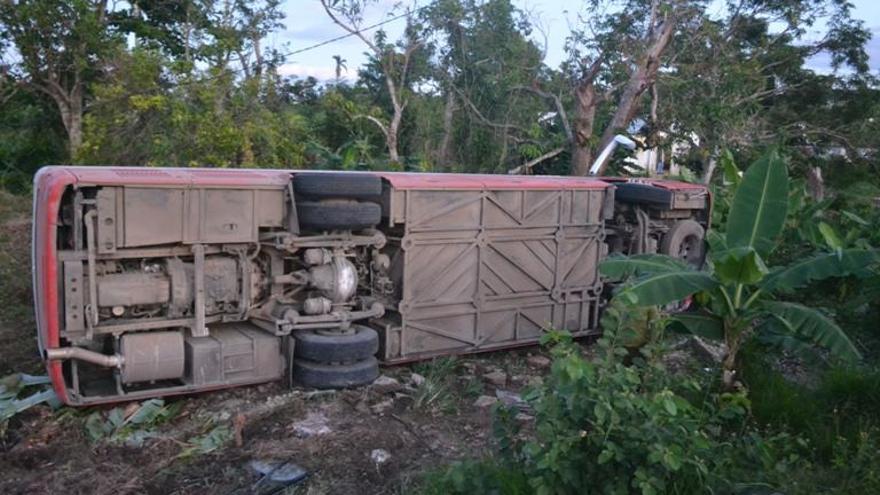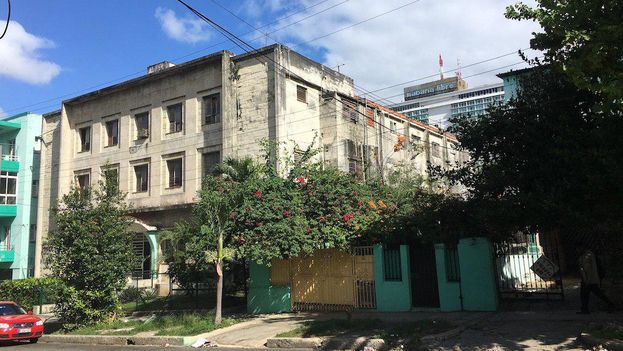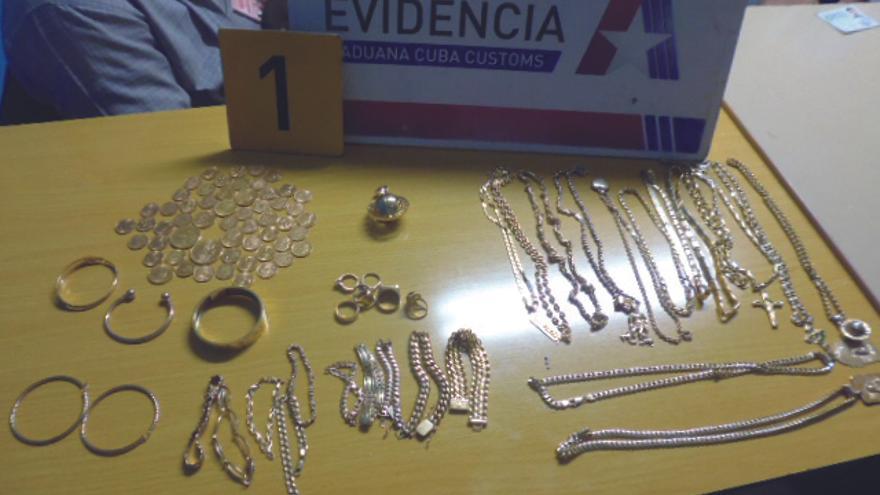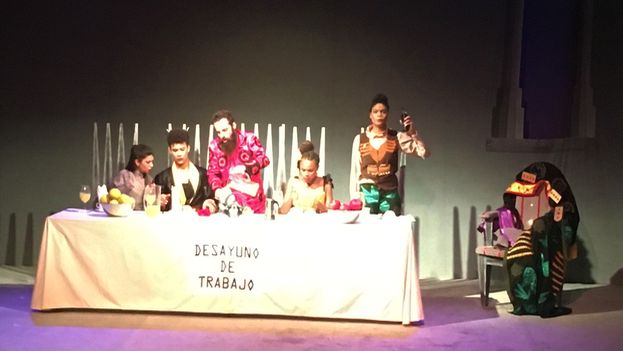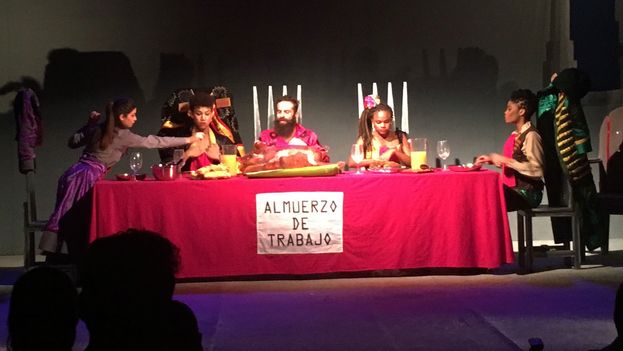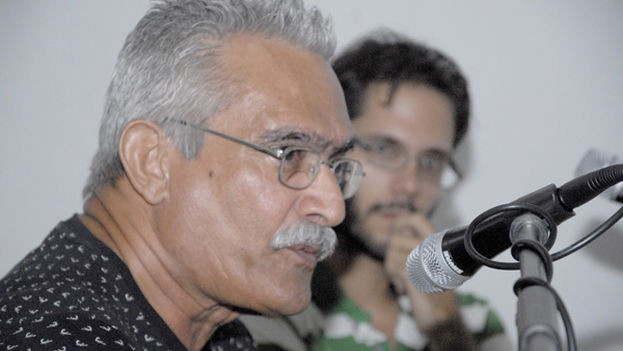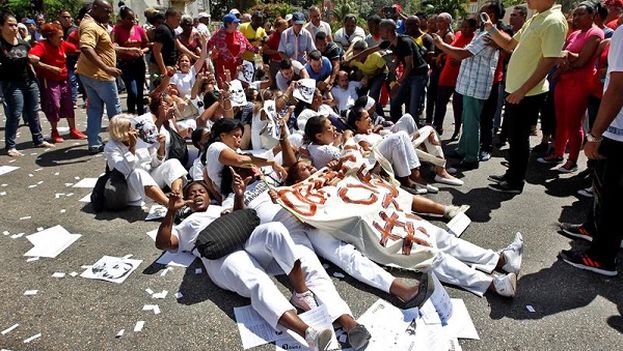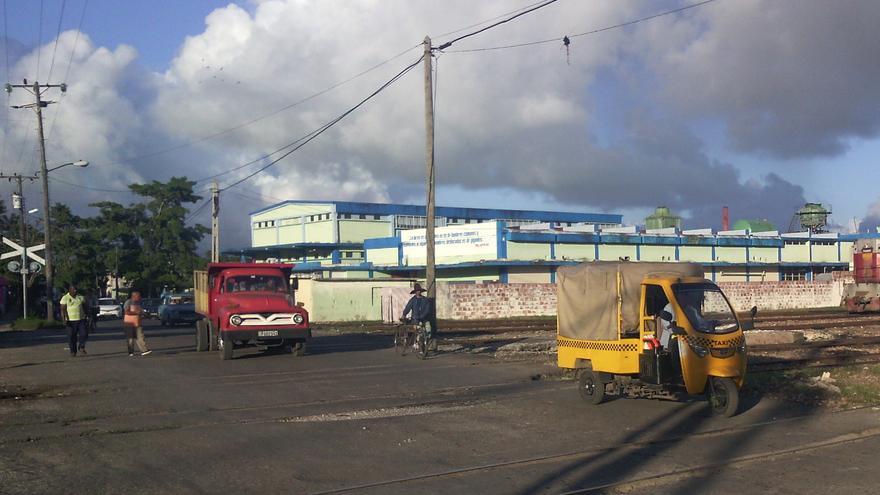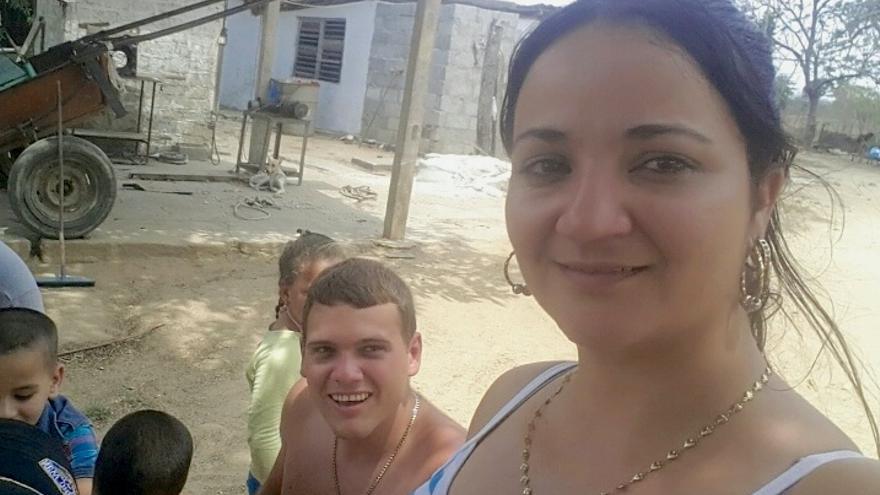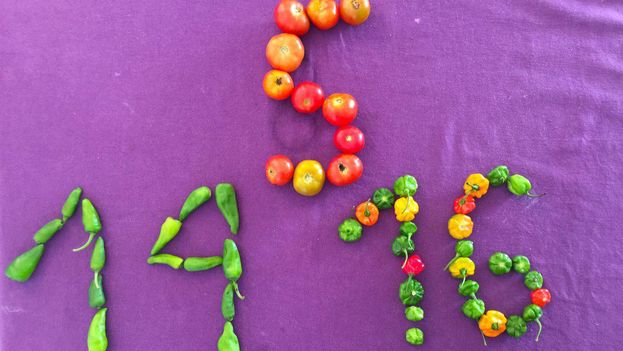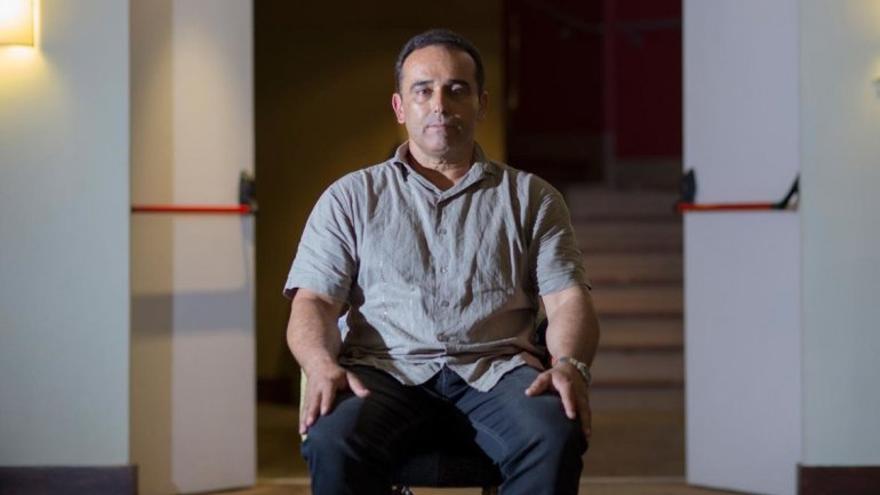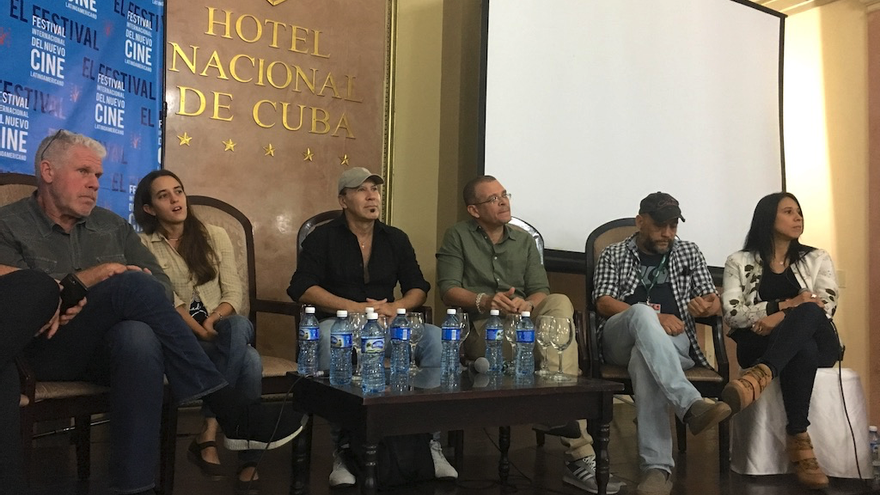
![]() 14ymedio, Luz Escobar, 15 December 2017 — On Thursday, Ernesto Darana’s film Sergio & Sergei was finally shared with a Havana audience and the full room of the Yara cinema eruped with applause, laughter and tears. The exhibition of the Cuban director’s work, presented at the International Festival of New Latin American Cinema, had been frustrated last Sunday by a projector breakdown at the Chaplin Cinema
14ymedio, Luz Escobar, 15 December 2017 — On Thursday, Ernesto Darana’s film Sergio & Sergei was finally shared with a Havana audience and the full room of the Yara cinema eruped with applause, laughter and tears. The exhibition of the Cuban director’s work, presented at the International Festival of New Latin American Cinema, had been frustrated last Sunday by a projector breakdown at the Chaplin Cinema
The filmmaker, whose previous film Conducta (Behavior) received many awards, attended the screening and regretted that the Yara Cinema did not have “optimal quality” technology for both the image and the sound.
This “is a film to smile [and] to think,” said the producer about the work on the film, which was presented worldwide in the official section of the latest edition of the Toronto International Film Festival. The film reflects “a crisis that has not yet ended,” in reference to a not too distant past whose echoes still resonate in today’s Cuba. continue reading
Sergio & Sergei communicate by radio, helping each other despite the adversities they experience and the complex circumstances of their respective nations. On Earth, the brutal economic crisis provoked in Cuba by the collapse of the USSR — a time Fidel Castro labelled “The Special Period in Time of Peace” — sharpens Sergio’s paranoia, as he flees from his persecutors to the service of State Security.
For Mario Guerra, the actor who plays the vigilante Ramiro, the work done by the political police in Cuba is “castrating” and he confesses that he likes that people laugh at “such a moronic person” as Ramiro.
“There are things that do not deserve to be taken seriously,” said Daranas, referring to the tone of farce in which the character of the security agent is approached. During the press conference the director also mentioned that the film still has no release date in Cuban theaters, but it will be released in 2018 in Spain, as confirmed by the co-producer Mediapro.
In developing Sergio & Sergei, the director said he was inspired by those “operetta characters” who constantly break into everyday life and people’s dreams, and took advantage of the press conference to say that he refused to take seriously “the permanent extremists” and “the controllers.”
The film achieves highly worthy special effects that the team may well be proud of, as well as having excellent sound design along with credit for having hired an actor of the caliber of Ron Perlman to play Peter. Peter, an American journalist who lives in New York who is interested in investigating the propaganda of his country’s space program, ends up contacting Sergio.
The veteran American actor describes his character as “a quasi-revolutionary Jewish journalist living in New York” who reveals “the different forms of corruption of the US government.” Perlman had to sign “more than three thousand papers” to obtain permission from the United States Actors Association and work on a Cuban production.
However, beyond the fiction recreated or the amalgam of nationalities in the film’s cast, the most certain thing one can say about the film is that it manages to connect with a Cuban audience on a plane of complicity, recognition and identification.
“I do not want my daughter to grow up seeing this,” Sergio says on the screen, and the phrase generates a tremor in the room full of parents and grandparents who lived through those years. The teacher of Marxism sees how the world he knows falls apart and how he must set aside his principles to support his family, a story known by those who from the seats who fought tooth and nail in their daily struggle.
For Daranas, the film is a story “about friendship” and “about good people who deserve better.” Although in reality it is a film about unburied ghosts that run through the national life and lead us to wonder: What good were so many sacrifices to get to today’s disaster?
___________________
The 14ymedio team is committed to serious journalism that reflects the reality of deep Cuba. Thank you for joining us on this long road. We invite you to continue supporting us, but this time by becoming a member of 14ymedio. Together we can continue to transform journalism in Cuba.

